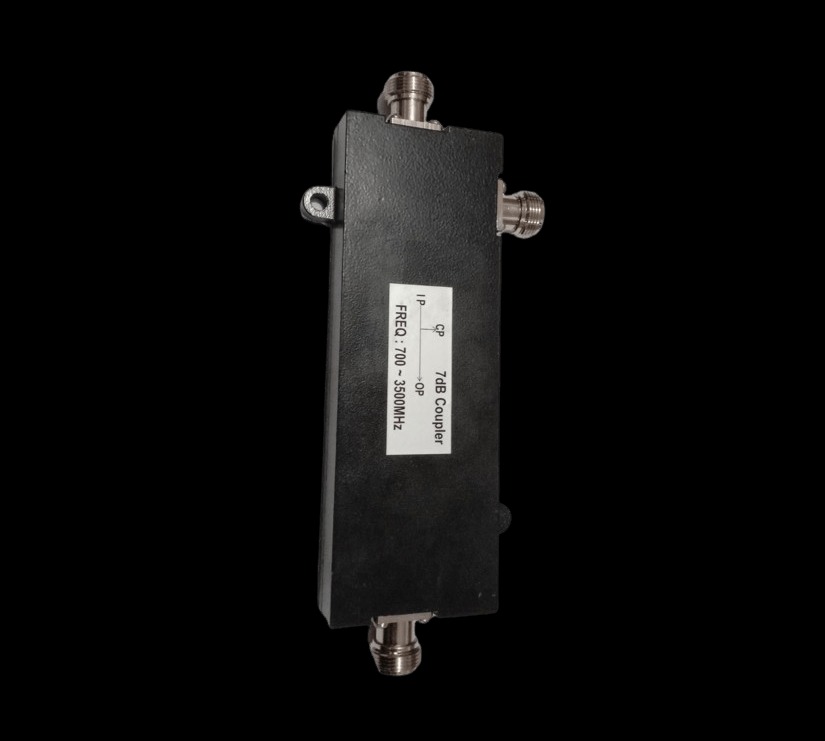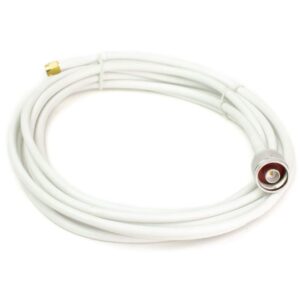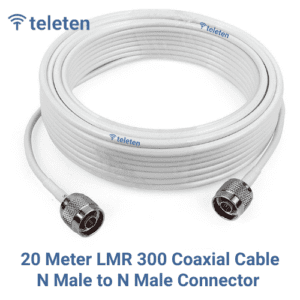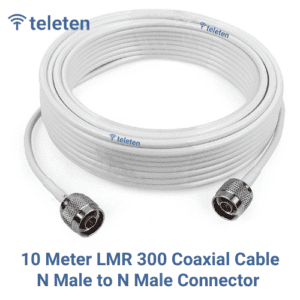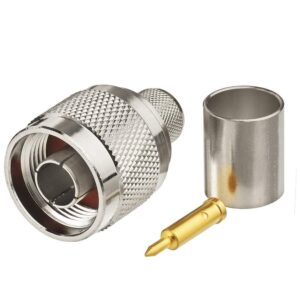Frequency Range: 700 MHz to 3500 MHz
This range encompasses a broad spectrum used in various communication and broadcast applications, including cellular and Wi-Fi frequencies.
Coupling Factor: 7 dB
This means the signal is attenuated by 7 dB from the input to the coupled output. The coupled signal power is approximately 1/5 of the input signal power.
Directivity: Typically 10 dB to 15 dB
Directivity measures how well the coupler isolates the coupled output from the input signal. Higher directivity values indicate better isolation and reduced signal leakage.
Insertion Loss: Typically 0.5 dB to 1.0 dB
Insertion loss is the amount of signal power lost when the coupler is inserted into the signal path. Lower insertion loss is preferable as it means less signal attenuation.
Return Loss: Typically 15 dB to 20 dB
Return loss indicates how well the coupler matches the impedance of the transmission line. Higher return loss values denote better impedance matching and less signal reflection.
Power Handling: Typically 10 W to 50 W
This specifies the maximum power the coupler can handle without damage. The exact power handling capability will depend on the coupler’s design and construction.
Connector Type: N-type Female
The coupler uses N-type female connectors, which are durable and designed for high-frequency applications. They feature a threaded design for secure connections with male connectors.
Construction: Usually made from high-grade materials such as aluminum or brass with a dielectric material like PTFE (Teflon)
The construction material impacts performance, durability, and the frequency response of the coupler.
Dimensions: Varies by model
The size and form factor will vary depending on the specific model and manufacturer. Ensure it fits within your physical constraints.
Environmental Conditions:
Temperature Range: Typically from -40°C to +85°C
Humidity: Generally up to 95% non-condensing
Key Considerations:
Moderate Signal Attenuation: With a 7 dB coupling factor, this coupler provides a moderate level of signal attenuation, making it suitable for applications where some signal reduction is acceptable for measurement or monitoring.
Performance Metrics: Look for good directivity and low insertion loss to ensure minimal signal disruption and accurate measurements.
Application Suitability: Ideal for use in systems where moderate signal sampling is required, such as network testing, signal measurement, and RF analysis.

